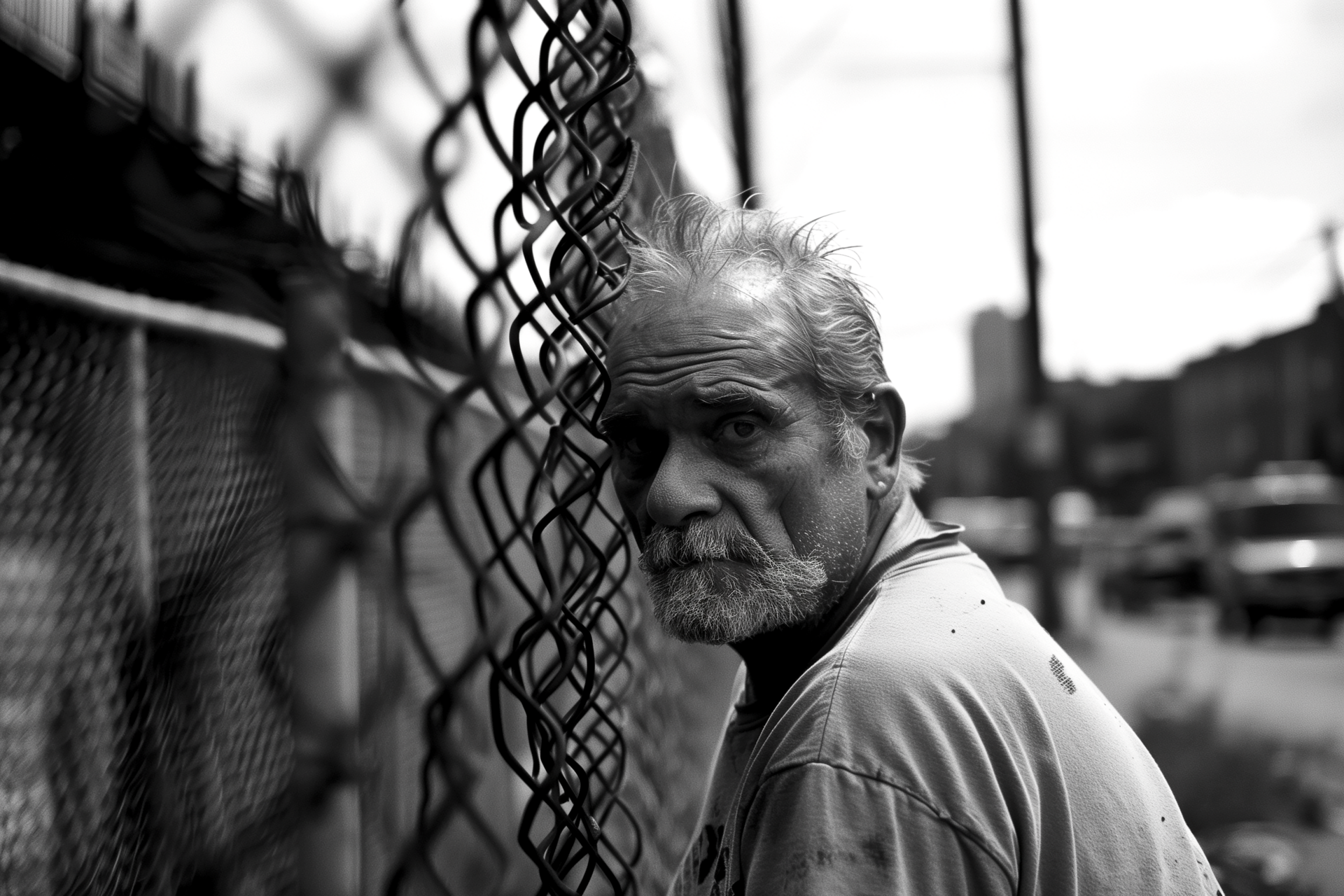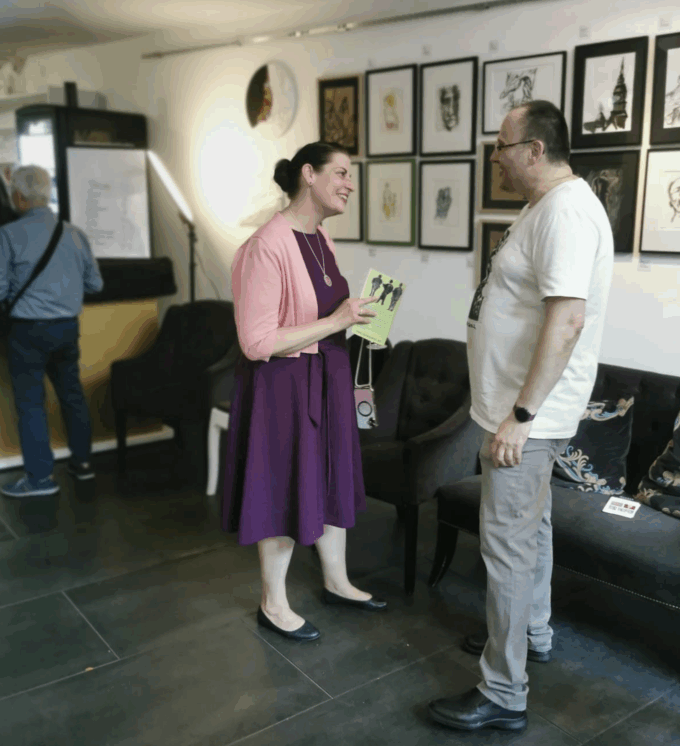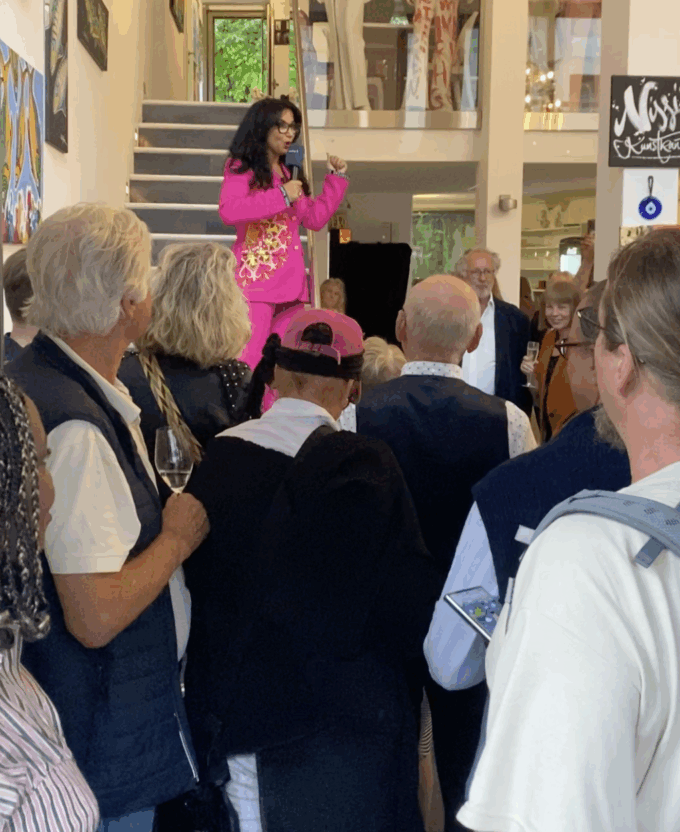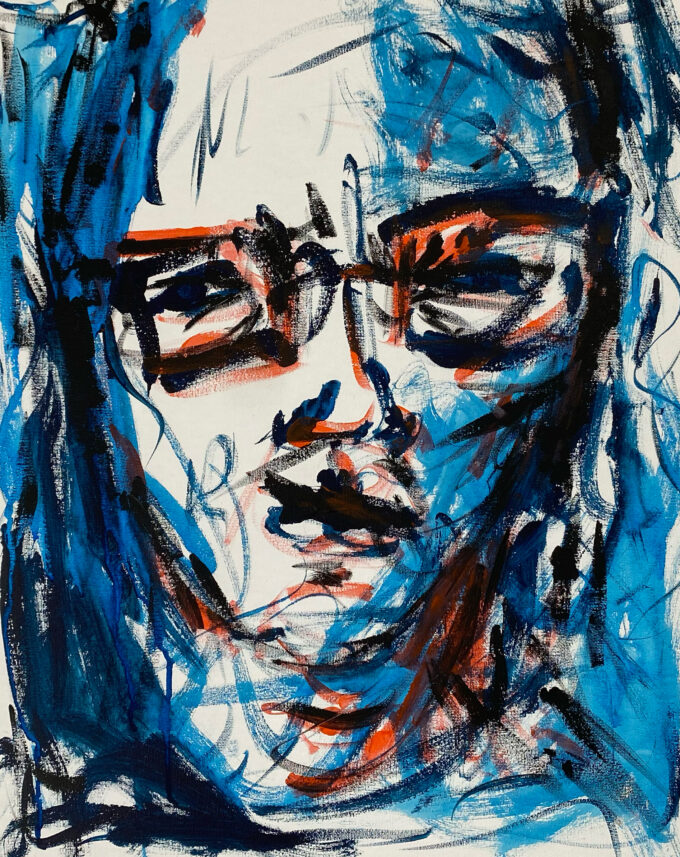Huge and important developments like AI are changing not only every part of technology but also our social lives, art, and many other areas.
Throughout history, humanity has seen several such big developments, and the process is always the same. In the beginning, nobody wants to accept them, and people even fight against them.
It’s no different in the art world. AI is heavily changing art as we know it today. A new era of art is just beginning.
I have analyzed the reasons why people are against AI-based art, and here are my conclusions.
Understanding of Creativity
Human Emotions
People think of art as something that comes from human emotions and experiences. It’s hard for them to believe a machine, which doesn’t have feelings, can create real art.
Creativity
People believe that creativity is deeply rooted in human emotions, which don’t exist in a computer environment. This leads them to classify creativity into two groups: real (human) and fake (AI).
Broader View
What is often forgotten is that creativity can have many sources, such as learned knowledge, education, history, society, and the environment. AI can simulate all of these, potentially developing even stronger creativity than a human.
Authorship
Unclear Authorship
People are used to clear rules and definitions, which help us understand the world and make decisions. With AI-created art, the concept of authorship is unclear. Is the artist the machine, the programmer, or the person who gave the instructions?
Emotional Connection
Personal Touch — People define art as something created based on emotions. Art often speaks to us because of the emotions and stories behind it. They might find it hard to connect with AI art because it lacks a personal touch and human story. This is especially true if they know the artwork was created by AI. But if they don’t know the situation is different 🙂
Fear of Technology Taking Over
Losing Uniqueness
Some people worry that if machines can make art, it takes away something unique about being human.
Job Loss
There is also fear that AI might replace human artists, leading to fewer job opportunities.
Perception of Effort and Skill
Value of Hard Work
People value art not just for what it looks like but also for the hard work and skill that went into making it. They might think AI art is less valuable because it doesn’t involve the same effort.
Skill and Mastery
Traditional art requires years of practice. The idea that a machine can produce similar results without the same dedication can be hard to accept.
Ethical and Philosophical Questions
Is It Right?
There are questions about whether it’s ethical to use AI in art, especially if it uses images and data from other artists without permission. However, if human artists are inspired by other works, this is usually accepted.
Big Questions About Art
AI art makes people rethink what it means to create and enjoy art. It challenges old ideas about creativity and originality.
Cultural and Historical Context
Historical Traditions
Art has always been seen as a human activity. Introducing AI changes long-standing traditions and ideas about art.
Cultural Differences
Different cultures may have different levels of acceptance based on how open they are to new technology in art.
Authenticity and Genuineness
Authenticity
People often look for authenticity in art, meaning it should be a true expression of the artist’s feelings and thoughts. AI art might be seen as lacking this authenticity.
Genuine Expression
There’s a belief that art should be a real human expression. Since AI is artificial, it might be seen as incapable of creating “real” art.
Conclusion
People have trouble accepting AI-generated art for many reasons, including beliefs about human creativity, emotional connection, fear of technology, and cultural traditions. Overcoming these challenges will take time and a better understanding of what AI can do for art.
On the other hand, the use of AI has changed the art world forever, and the effects of that change will become more visible in the coming years. Humanity is just starting to learn what can be done with AI. Some, including major companies like Adobe, already call it the new digital camera.
I would add to this: “with unbelievable capabilities.”



